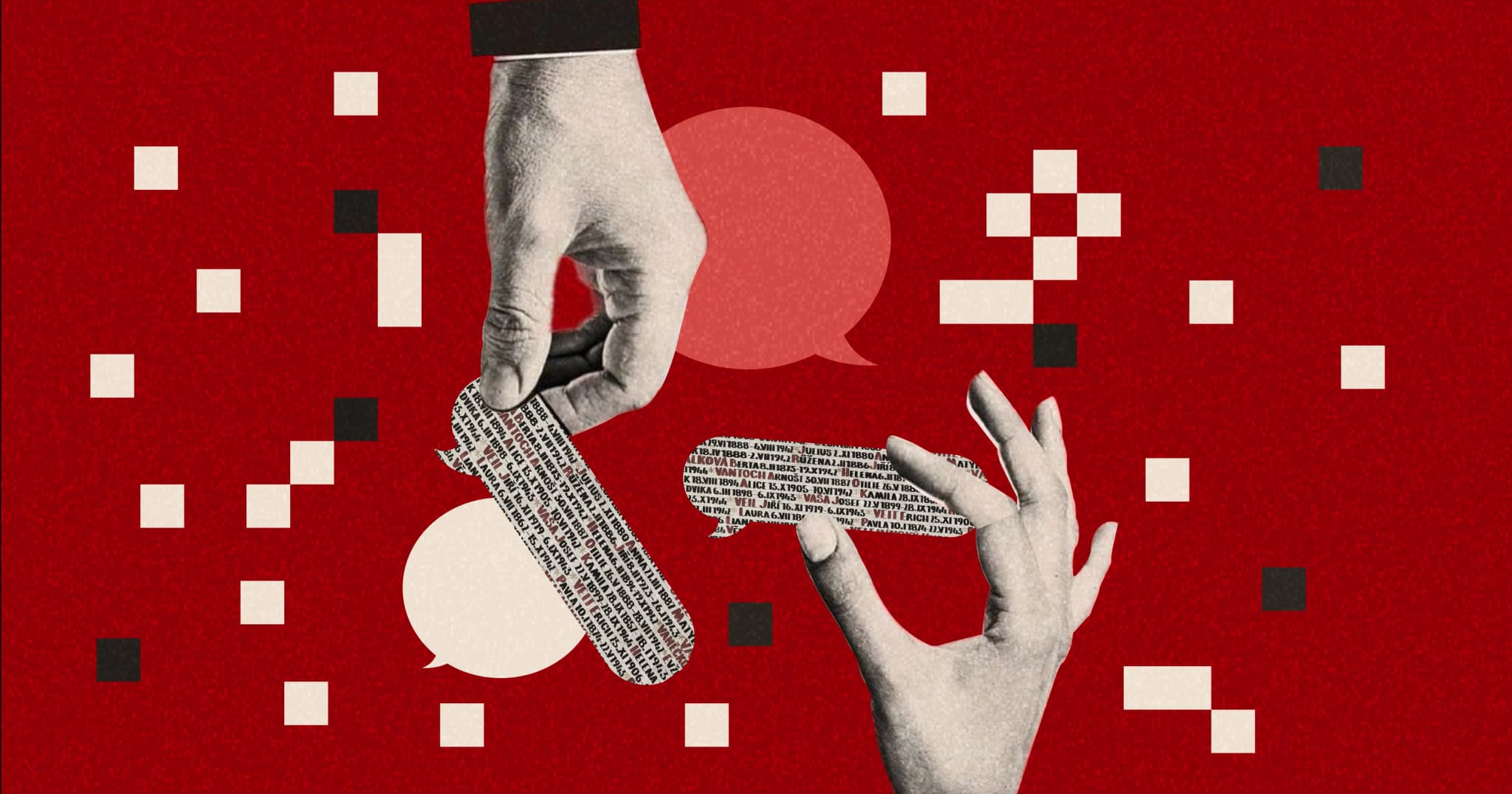A single roar. That’s all it takes. Before a single frame plays, before a character steps onto the screen, before a story unfolds, there’s a sound that has echoed through nearly a century of cinema: the MGM lion’s roar.
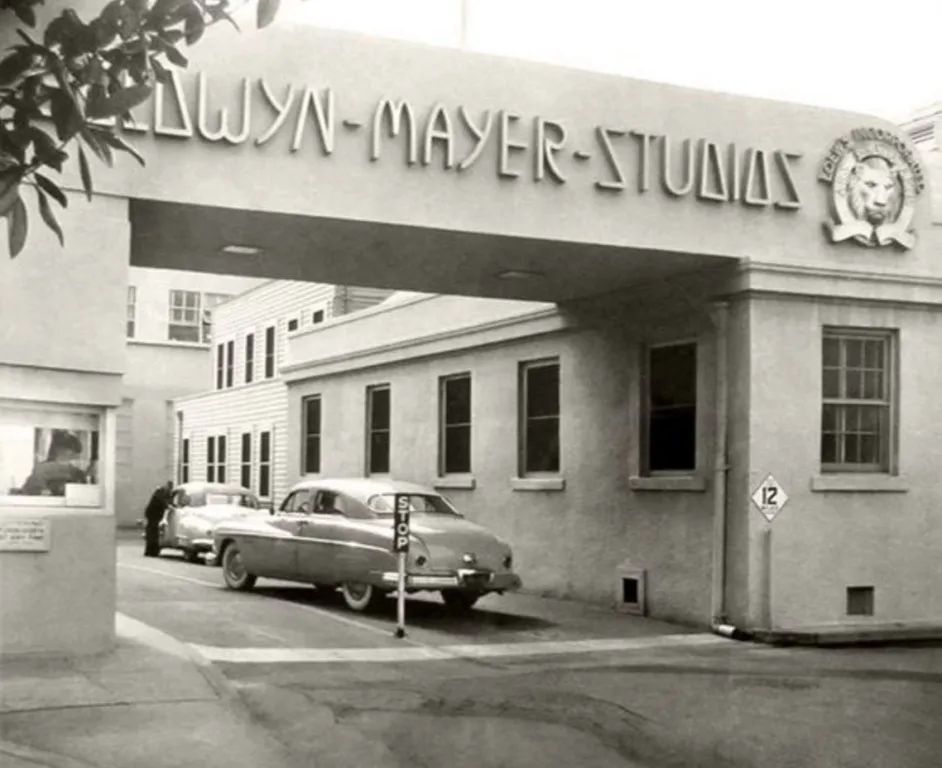
It’s one of the few sounds that connects generations. Great-grandparents heard it in grand movie palaces. Their children grew up with it. Their grandchildren recognize it. And today, in a world of streaming and short attention spans, the roar still holds power. Because symbols last longer than products.
The Origins
In the early 20th century, Hollywood was still an experiment. No one knew what worked. But everyone knew they had to stand out. Goldwyn Pictures, founded in 1917, needed a symbol that audiences would remember. Howard Dietz, the studio’s head of advertising, looked to his alma mater, Columbia University, whose mascot was a lion.
Strong. Commanding. Timeless. The lion became the studio’s emblem.
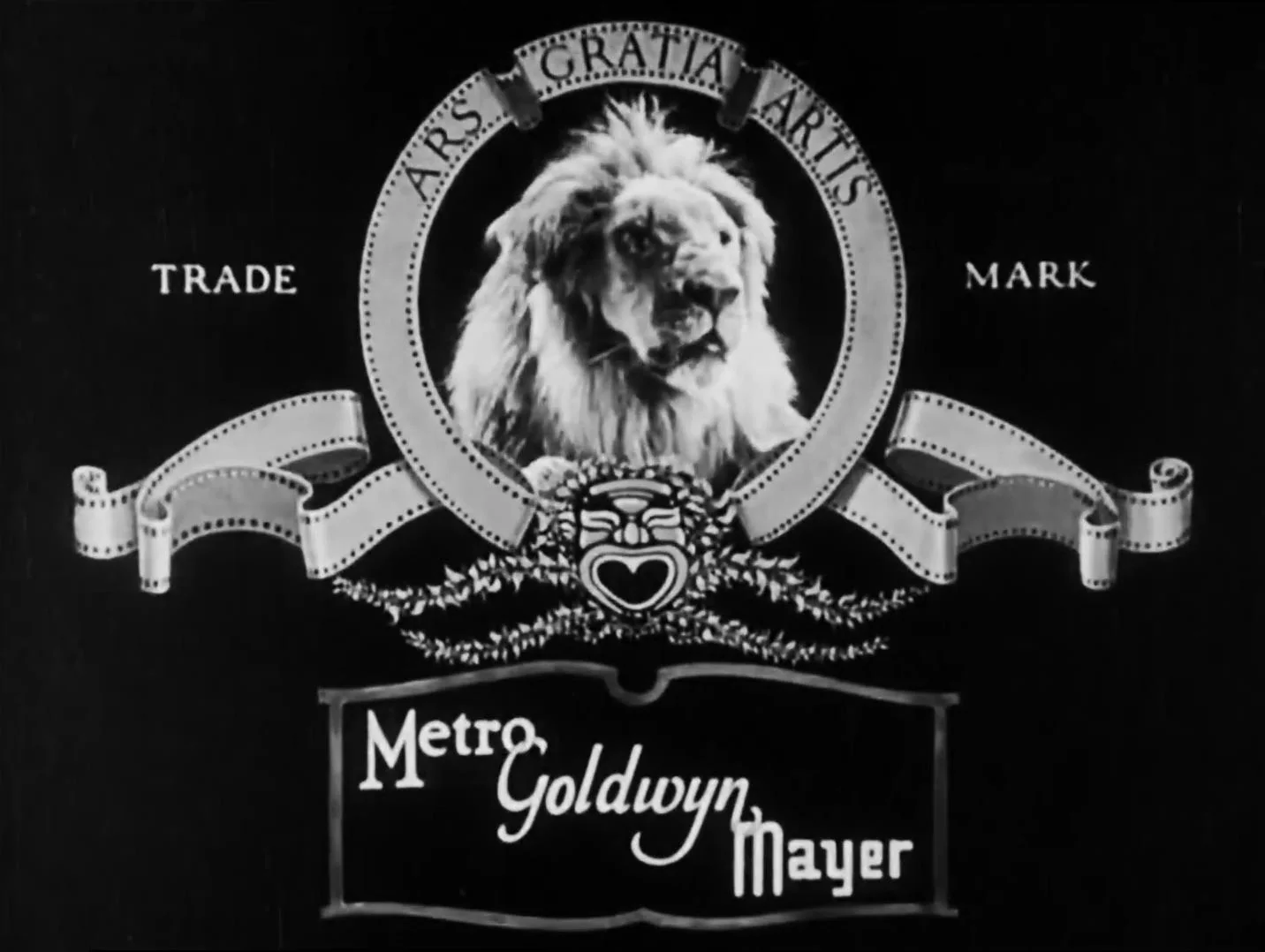
When Goldwyn Pictures merged with Metro Pictures and Louis B. Mayer Pictures in 1924, forming Metro-Goldwyn-Mayer (MGM), the lion stayed. But at first, it wasn’t about sound. It was about presence. Slats, the first MGM lion, had no roar—silent films didn’t need it. Yet his piercing gaze was enough to hold attention. His debut in He Who Gets Slapped(1924) was the beginning of something bigger than anyone could have predicted.
The Power of a Roar
Then came sound. And with it, a new lion: Jackie. In 1928, Jackie’s recorded roar became one of the first synchronized sounds in film history, marking the transition from silent movies to talkies. His growl was captured with a simple gramophone. Audiences had never heard anything like it.
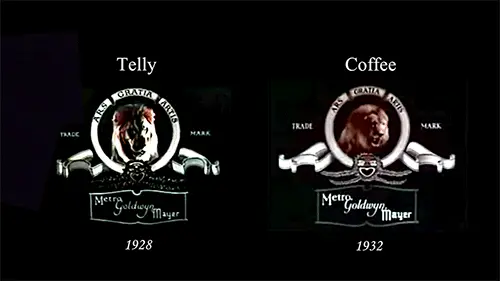
More lions followed—Bill, Telly, Coffee, Tanner, George—each contributing to the legacy. But one would outlast them all: Leo. Introduced in 1957, Leo has remained MGM’s on-screen icon for over 67 years. He was born in Dublin Zoo, the youngest lion filmed for the logo, which is why his mane looked smaller in his debut. But his presence, his sound—unmistakable.
Tanner’s logo was the most used during Hollywood’s Golden Age, though color films only became the norm in the 1960s.
At its peak, MGM wasn’t just a studio. It was the studio. Others made great films, but when people saw the MGM logo, they knew they were about to witness something grand. At sneak previews, the lion’s roar alone would spark applause. Even competitors admitted that when a movie was “of MGM quality,” it meant something.
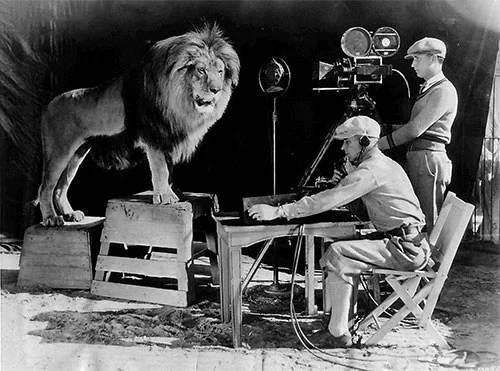
The Man Behind the Roar
MGM’s roar was more than an accident of branding. It was the byproduct of a man who understood that Hollywood was about selling dreams.
Louis B. Mayer didn’t just run MGM—he ruled it. He was a lion in his own right. Fierce, ambitious, and unwilling to accept anything less than greatness. He didn’t just build a studio; he built a system. He discovered stars. He shaped careers. He demanded excellence.
“Louis B. Mayer knew that the coin he dealt in was talent. Of course, he was tough, and he could be ruthless and very disagreeable but … he and Thalberg built up this extraordinary concentration of talent which was MGM.” — George Cukor, American film director.
Mayer was territorial, like the lion that symbolized his empire. He protected his stars, his movies, his studio’s reputation. He understood that Hollywood wasn’t about selling films—it was about selling magic.
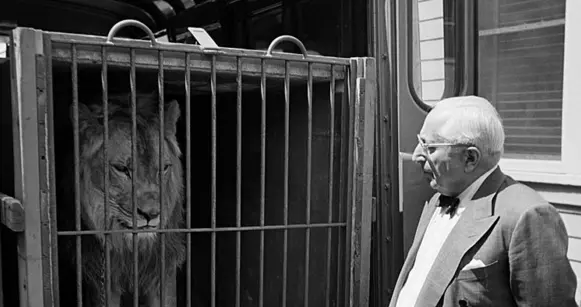
But even lions face challengers. The industry changed. Independent productions gained traction. The studio system crumbled. In 1951, Mayer was pushed out of the empire he built. He left, but the MGM brand—the lion’s roar—remained.
The Lesson
Success comes and goes. But a strong identity lasts.
MGM faced competition. It saw industry shifts. It weathered financial troubles, ownership changes, even bankruptcy in 2010. And yet, when it made a comeback, the roar remained. Because people don’t just remember products. They remember symbols. They remember emotions. They remember consistency.
A great brand doesn’t fade because of a rough decade. The best ideas outlast the people who create them. MGM’s lion was never just a logo. It was a signal. A promise. A reminder that what’s coming next is worth paying attention to.
And that’s why, more than a century later, a single roar can still make audiences pause, lean in, and feel the magic of cinema before the movie even starts.
In 2021, MGM updated its lion logo for the first time in over 60 years. The familiar roar remained, but Leo was now immortalized in CGI.
Because some things, when done right, don’t need to change.
.webp&w=3840&q=75)
.webp&w=2048&q=75)
